Description
Please note that the content of this book primarily consists of articles available from Wikipedia or other free sources online. Pages: 38. Chapters: Shambhala Vision, Chogyam Trungpa, Western Shugden Society, Shambhala Training, Diamond Way Buddhism, Foundation for the Preservation of the Mahayana Tradition, Reginald Ray, Kagyu Samye Ling Monastery and Tibetan Centre, Nalandabodhi, Kings of Shambhala, Shenlha Okar, Vajradhatu, Indiana Buddhist Center, Buddhist Congregation Dharmaling, Kanjuro Shibata XX, Shambhala Sun, Maitripa College, Namgyal Monastery Institute of Buddhist Studies, Vajradhara-Ling, Kagyu-Dzong, Shambhala Publications, Dechen Choling, Jonang Foundation, Pawo, Miksang, Buddhadharma: The Practitioner’s Quarterly, Do Ngak Kunphen Ling Tibetan Buddhist Center for Universal Peace, Kalapa, N t rtha Institute. Excerpt: Chogyam Trungpa Rinpoche (wylie: Chos rgyam Drung pa; February 28, 1939 – April 4, 1987) was a Buddhist meditation master and holder of both the Kagyu and Nyingma lineages, the eleventh Trungpa tulku, a terton, supreme abbot of the Surmang monasteries, scholar, teacher, poet, artist, and originator of a radical re-presentation of Shambhala vision. Recognized both by Tibetan Buddhists and by other spiritual practitioners and scholars as a preeminent teacher of Tibetan Buddhism, he was a major, albeit controversial, figure in the dissemination of Tibetan Buddhism to the West, founding Vajradhatu and Naropa University and establishing the Shambhala Training method. Among his contributions are the translation of a large number of Tibetan texts, the introduction of the Vajrayana teachings to the West, and a presentation of the Buddhadharma largely devoid of ethnic trappings. Regarded as a mahasiddha by many senior lamas, he is seen as having embodied the crazy wisdom (Tib. yeshe cholwa) tradition of Tibetan Buddhism. His teaching methods and his personal habits were the topic of controversy during his lifetime and afterwards. Born in the Kh…

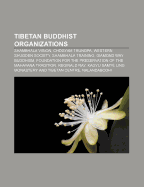
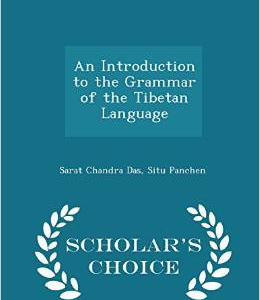
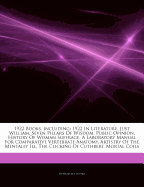
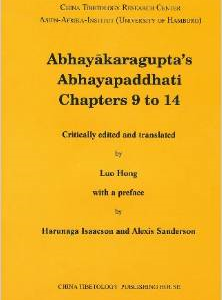
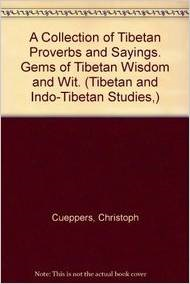
Reviews
There are no reviews yet.